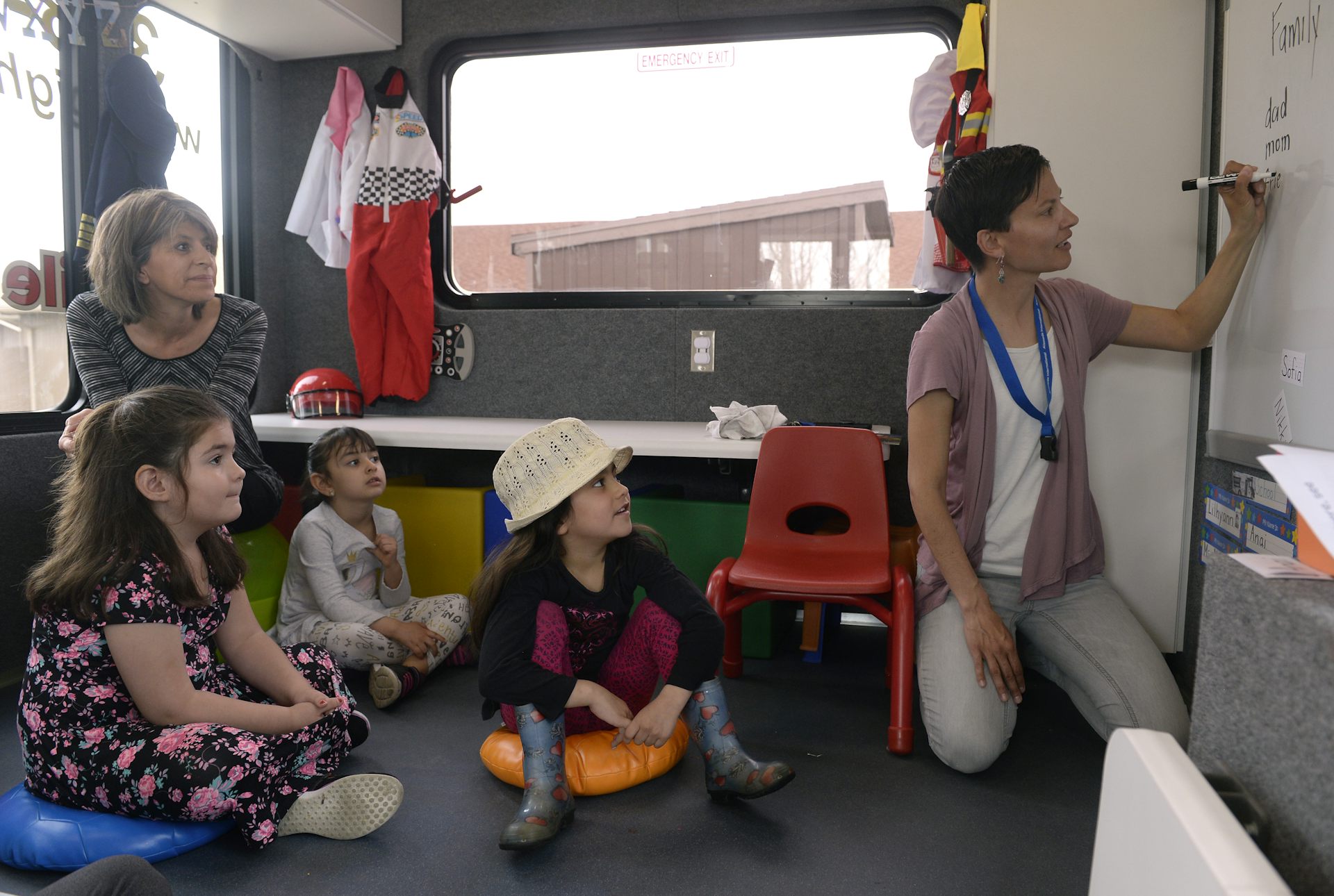This type of sexual harassment on campus often goes overlooked
Sexual harassment on campus often casts students as targets of their instructors. Researchers have found that it happens the other way around, too.

When the #MeToo movement gained momentum in 2017, it exposed widespread sexual harassment in the workplace, and academia was no exception. Yet the COVID-19 pandemic has dimmed the spotlight on this issue in higher education as attention has shifted to challenges related to remote learning and other pressing concerns.
As scholars of gender bias, we believe that the spotlight may have had too narrow a focus in the first place.
In surveys and interviews that we conducted at top research universities before the pandemic, more than 300 graduate teaching assistants – about half of whom identified as women – described their experiences of sexual harassment. While harassment on campus is often seen in terms of professors who make advances on younger students, we found that professors were not the only ones doing the harassing.
Harassment in and out of class
More than a quarter of female teaching assistants recalled examples of undergraduate students making them feel uncomfortable, whether through overt physical harassment or through comments about their appearance or demeanor. Teaching assistants are graduate students who help professors with instructional duties.
Some of these incidents took place in the classroom.
One female teaching assistant described writing on the blackboard while students “talked loudly about my butt.” Another recalled a student who would not stop “referencing my looks and touching my ears.”
Despite our findings that harassment is widespread, formal complaints about sexual harassment perpetrated by students – or others in a similar position – are rare. In medicine, for example, a 2018 study found that governing bodies have failed to pay attention to patient-initiated sexual harassment and abuse of physicians. Physicians’ concerns over harassment by patients are typically dismissed as “part of the job.”
As academics, we worry that sexual harassment is also seen as part of the job. Yet teaching assistants rarely labeled behavior by students “sexual harassment,” no matter how galling it was. For example, one student handed his instructor a detailed description of himself masturbating. When asked if they felt they had been subjected to sexual harassment by their students, one instructor responded: “I do not know how this question is even relevant. Sexual harassment is about power, not gender. In this situation, the teaching assistant has power over the students but not vice versa.”
But that perspective fails to recognize the complex ways that the power of cultural sexism can come into play – even when the harassment comes from someone who is not officially in charge. Nor does it acknowledge how the power of student teaching evaluations over instructors’ job prospects can make teaching assistants hesitant to report sexually inappropriate behavior.
Our finding that some instructors believe that students cannot harass instructors is at odds with the voices of those academic women who shared their experiences with us. They spoke of feeling at risk when sexually aggressive students followed them from class and harassed them during office hours.
Yet we found that these teaching assistants remain largely silent. This silence is partly because many people do not see the behavior as harassment – even if it involves touching, stalking or threats of harm and retaliation.
Reasons for silence
We found that the silence stems from a sense of shame or a worry that speaking out would undermine female instructors’ authority and jeopardize their already limited job prospects. The pandemic has exacerbated this vulnerability. U.S. universities are increasingly turning toward temporary labor, such as teaching assistants and adjunct faculty, to teach undergraduates.
Dependent on positive teaching evaluations to secure precarious employment, instructors rarely raise concerns that could jeopardize their reputation, we found.
Teaching evaluations have been shown to serve as institutional reinforcements of sexism and racism: Men receive higher scores on average than women do, and women’s evaluations are more likely to include comments about their appearance than their qualifications.
One student wrote of his instructor, “It doesn’t hurt that she’s easy on the eyes. I would buy her a beer.” In another instance, a member of our research team received an evaluation that read: “I want to take you to a deserted island, drink piña coladas, and watch you undress.”
Many faculty are advocating for a temporary pause in the use of evaluations.
Sexual harassment is continuing to take a toll on instructors with or without in-person teaching. Women in our study described being exhausted or suffering mentally and physically. One woman recalled being “horrified and grossed out” by a student’s behavior but not knowing if she could take disciplinary actions because she didn’t label his acts sexual harassment – she was the teacher, after all. Instead, she described the incident as simply something she must endure. Several women we interviewed decided to leave higher education altogether for this reason.
A 2019 study found that women who experience workplace sexual harassment and assault have higher risks of hypertension, poor sleep, depression and anxiety. Pair this with the disproportionate challenges faced by women in higher education during the pandemic – such as caregiving and housekeeping – and the crisis has intensified.
Pandemic vulnerability
Conversations about harassment tend to focus on individuals’ actions, such as those of politicians, CEOs and celebrities, rather than on the factors that enable harassment to persist.
Our research draws attention to the outdated framework of sexual harassment that sees only men in traditional positions of power, such as professors, as legitimate perpetrators. Power relations are far more complex. Sexual harassment is indeed an act of power, but that power does not need to be wielded by the “powerful” to have harmful effects.
[Deep knowledge, daily. Sign up for The Conversation’s newsletter.]
In academia, the shift toward temporary labor can leave instructors – especially when they are women – vulnerable to sexual harassment not only from professors, but also from the students they teach. Remote learning does not guarantee freedom from harassment when in-person teaching again becomes the norm.
The authors do not work for, consult, own shares in or receive funding from any company or organization that would benefit from this article, and have disclosed no relevant affiliations beyond their academic appointment.
Read These Next
Absence of evidence is not evidence of absence – and that affects what scientific journals choose to
Researchers design studies that might disprove what’s called their null hypothesis – the opposite…
Pentagon investigation of Sen. Mark Kelly revives Cold War persecution of Americans with supposedly
President Donald Trump and his supporters cast their domestic opponents as disloyal, traitorous or worse,…
A database could help revive the Arapaho language before its last speakers are gone
Many Native American languages only have a few native speakers left.





